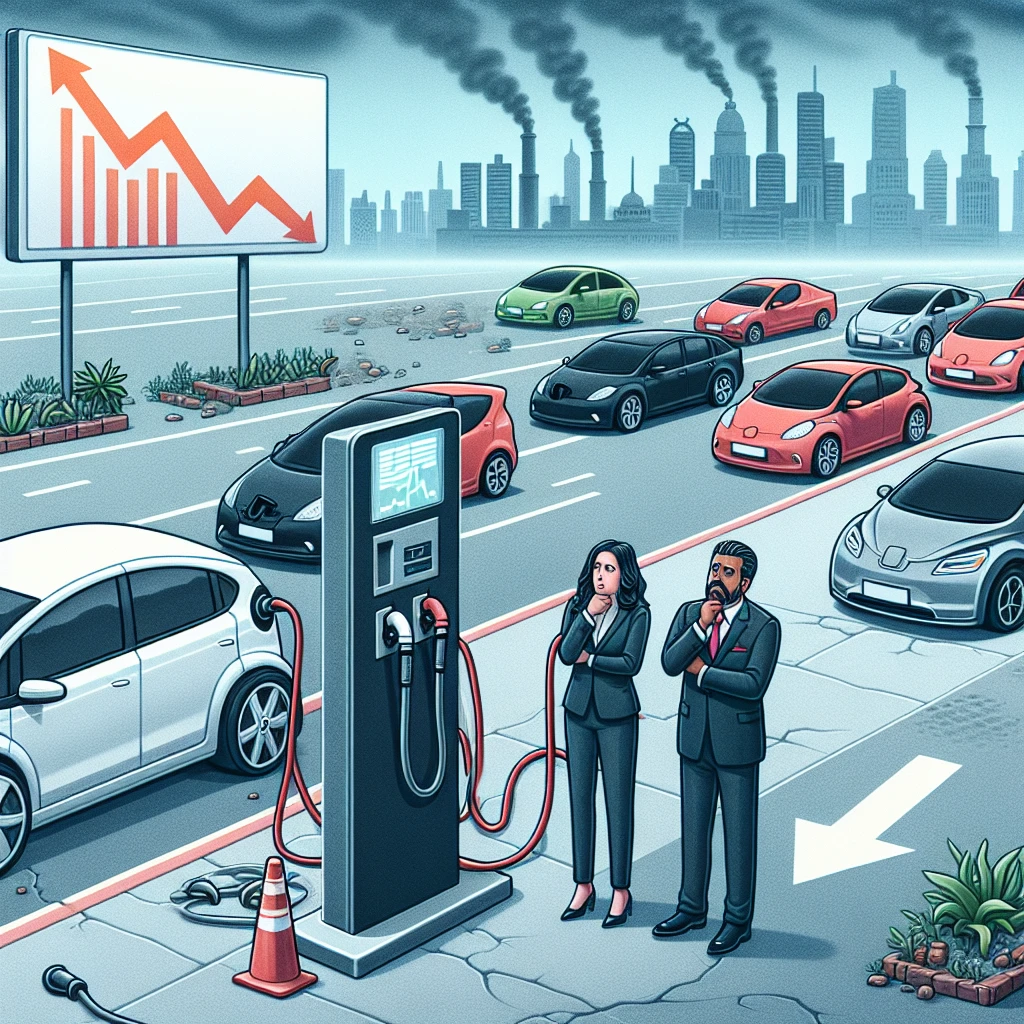Not too long ago, electric vehicle (EV) stocks were seen as virtually infallible investments. Despite numerous hurdles and obstacles facing the industry, EVs were hailed as the future of transportation. However, in recent months, skepticism has been mounting. The allure of the once-revolutionary technology is fading, and negative reports from leading manufacturers have deterred both consumers and investors in the stock market.
These days, it doesn’t take much to cast a shadow over the outlook for EV stocks. On Wednesday, moderately disappointing quarterly results from China’s only two profitable EV companies sparked dissatisfaction throughout the sector. Consequently, American EV stocks experienced setbacks, with Rivian declining by 4.49%, Nikola dropping by 9.83%, and QuantumScape, a next-generation battery developer, closing 5.51% lower.
Unfavorable news from the Pacific
Leading EV news on Wednesday were the recent financial reports from Li Auto and BYD, which failed to impress. Li Auto, known for its extended-range EVs (EREVs), which are essentially hybrids, surpassed profit expectations for the second quarter and matched revenue estimates. However, concerns arose over shrinking margins due to price reductions.
Sound familiar? Price cuts to flagship models have been a trend in the U.S. market, particularly with Tesla’s frequent reductions. Typically, a healthy industry with limited competition wouldn’t need to slash product prices. Yet, the global EV market is currently saturated with competitors, while consumer interest appears to be waning.
BYD, Li Auto’s Chinese counterpart, nearly doubled its revenue year-over-year in the second quarter. However, when examining the first half of the year, its seemingly strong net income of 13.6 billion yuan ($1.9 billion) fell short of the 17.9 billion yuan ($2.5 billion) average analyst expectation, leading to a negative response from investors.
Overblown expectations
Though both Li Auto and BYD remain profitable and continue to experience growth, they are no longer the rapid economic leaders they once were. The significant gap between analyst expectations and actual company performance highlights the need for professionals and investors to reassess their outlook for the EV sector as a whole.




